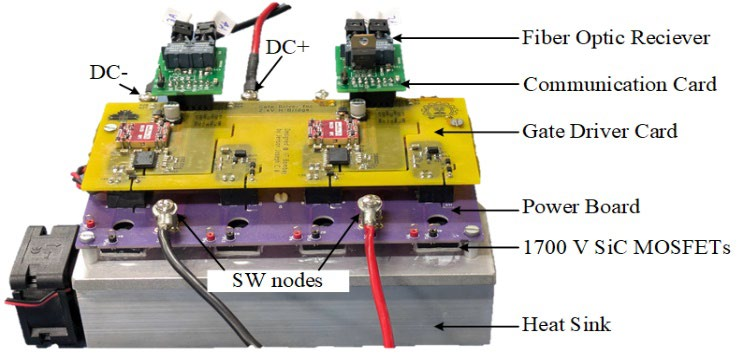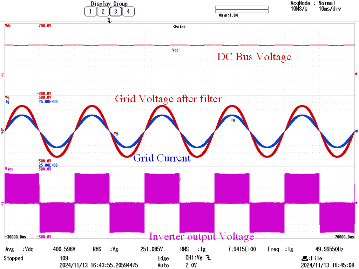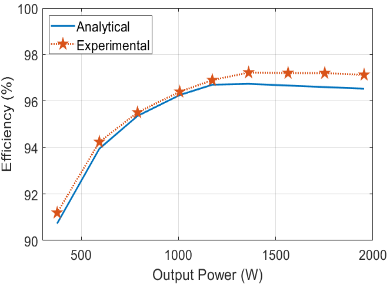


Solar photovoltaics (PV) is rapidly expanding as the world's leading renewable energy source by installed capacity, with utility-scale systems increasingly relying on medium voltage (MV) inverters. Recent advancements in MV silicon carbide (SiC) devices have enabled the development of direct grid connect inverters, which offer improved efficiency over traditional central inverters. The loss modelling of SiC MOSFETs plays a critical role in designing the inverter, as the primary loss contributors in the inverter are device losses. Traditionally, device losses in a converter are estimated using simulation tools such as PLECS or SPICE. However, medium-voltage SiC MOSFETs rated at 3.3 kV and 6.5 kV are still in the developmental stage and are not yet commercially available, which makes their SPICE models unavailable. As a result, an analytical approach to loss estimation becomes necessary. A refined loss model is proposed, derived from datasheet parameters. The use of traditional analytical models for loss evaluation leads to significant error in the loss estimation. To address this issue, the following two modifications are proposed in the loss modelling process: 1) Output Capacitance Estimation: The capacitance values (Cds and Cgd) should be determined based on the applied drain-source voltage using the graphs provided in the device datasheet. 2) Reverse Recovery Loss: The reverse recovery characteristics should be modelled based on the switch current at the instant of turn-off. To validate the model, a three-level CHB converter prototype incorporating 1700 V SiC MOSFETs was developed. Operating waveforms captured at 400 VDC and 2 kW power levels are shown, and the estimated efficiency derived from the loss model and the experimentally measured efficiency are compared. These results demonstrate that the analytical loss model, incorporating the proposed modifications, effectively estimates converter losses, enabling its application in inverter design. This work was done by NCPRE student Jenson Joseph under the guidance of Prof. B. G. Fernandes.

Prototype of the 3L-CHB using 1700 V SiC MOSFETs.

Experimental waveforms of 3L-CHB inverter.

Analytical and experimental efficiency of 3L-CHB with output power variation.